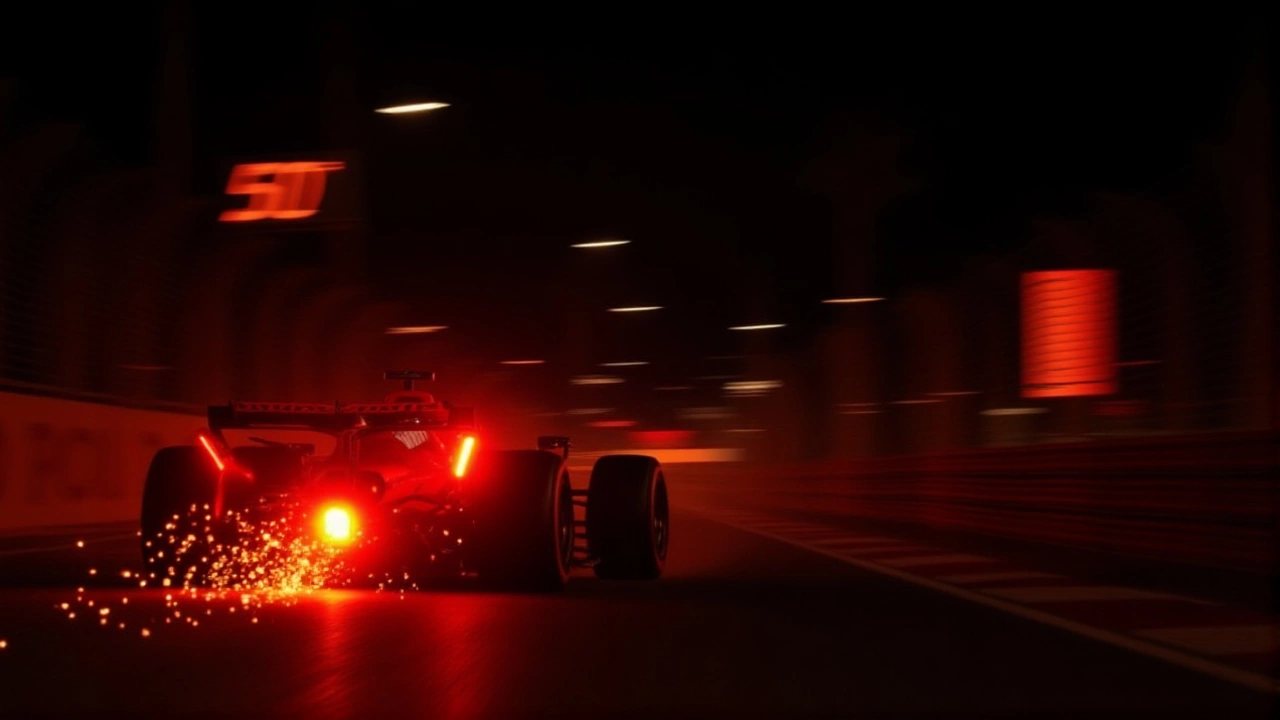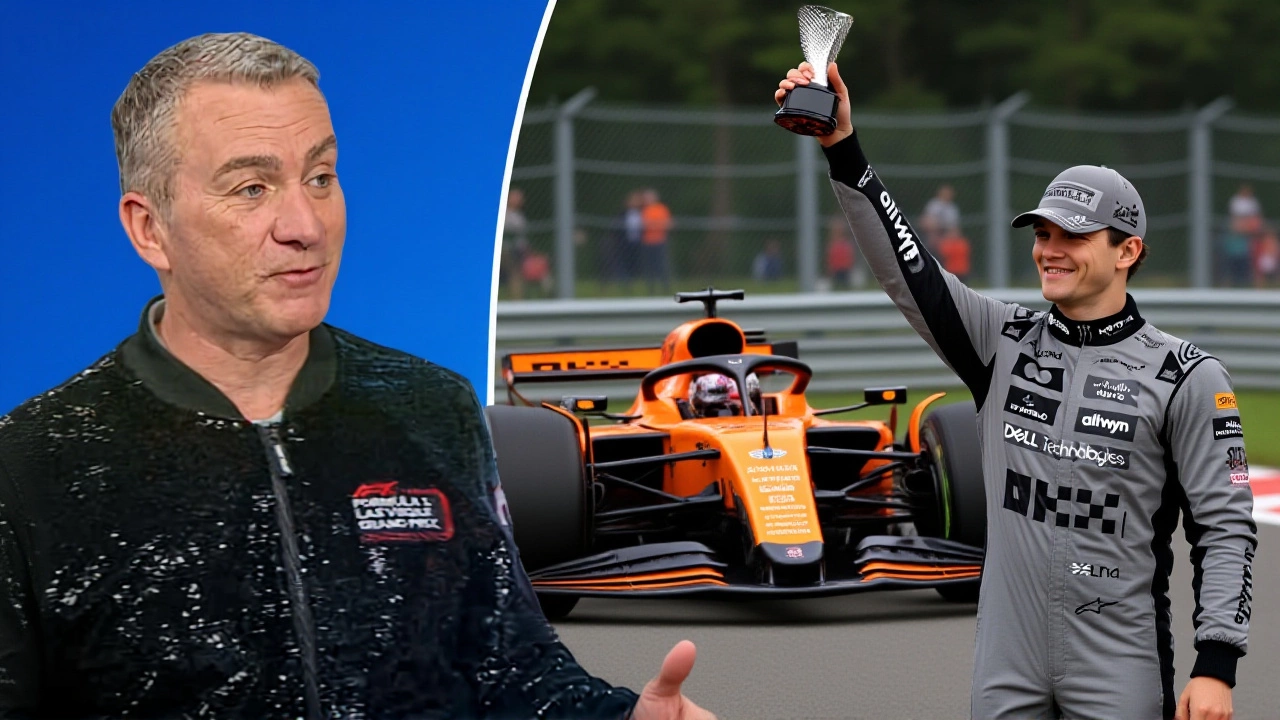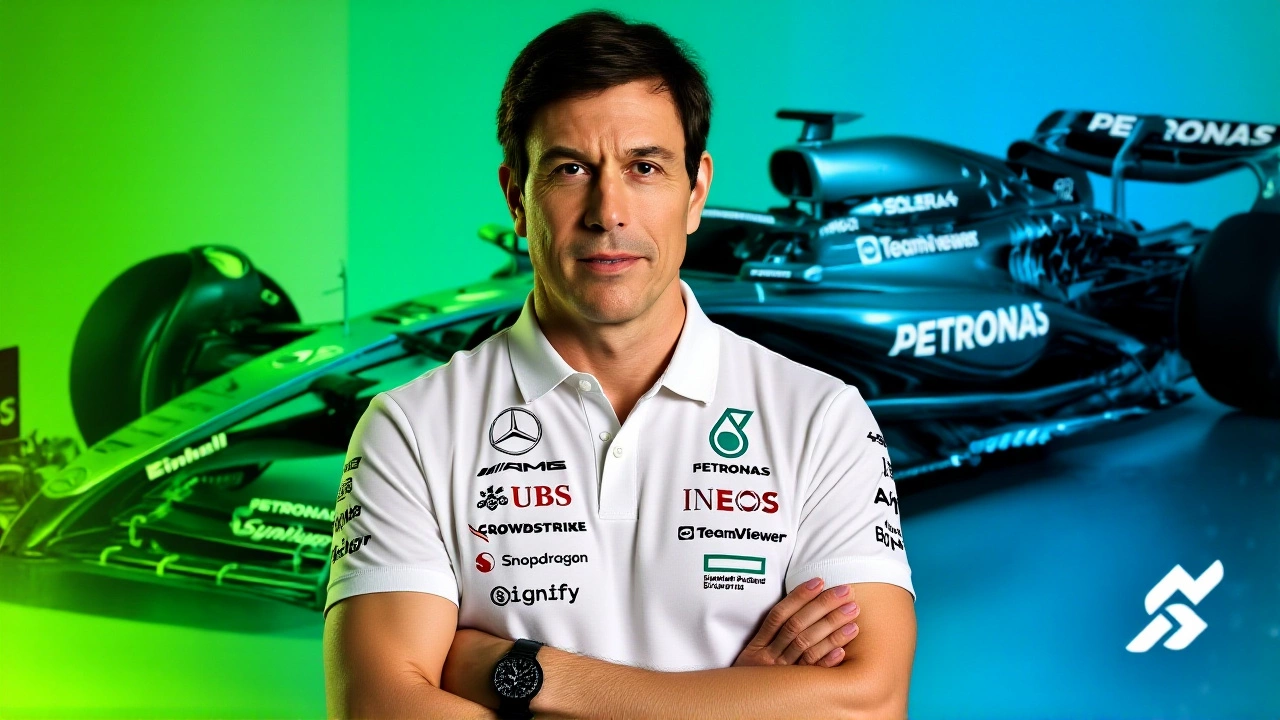When Toto Wolff, the 53-year-old Austrian CEO of the Mercedes-AMG Petronas Formula One Team, quietly sold a 15% stake in his holding company Motorsport Invest Limited to George Kurtz, the 55-year-old American billionaire behind CrowdStrike, the deal didn’t just change ownership—it redefined what a Formula One team is worth. The transaction, finalized on Thursday, November 21, 2024 in Las Vegas, just two days before the Las Vegas Grand Prix, valued the entire Mercedes F1 operation at £4.57 billion ($5.97 billion), a record for any team in the sport’s history. Wolff walked away with exactly £230 million ($300 million), a payday that stunned even seasoned F1 insiders.
How a Cybersecurity Billionaire Became an F1 Shareholder
Kurtz didn’t buy into Mercedes through CrowdStrike. He did it personally. And that distinction matters. While CrowdStrike has been the team’s cybersecurity partner since 2019, this was a private investment—rooted in trust, not corporate strategy. Kurtz, who also happens to be an accomplished amateur racer, won the 2023 SRO GT World Challenge America title and the 2023-24 Asia Le Mans Series LMP2 crown. He didn’t just want to sponsor the team—he wanted to be part of it. "Winning in racing and cybersecurity requires speed, precision, and innovation," Kurtz said during the pre-race press conference. "Millisecond matters. Execution counts. Data wins." His role? Strategic steering committee member alongside Ola Kallenius, chairman of Mercedes-Benz Group, and Sir Jim Ratcliffe, founder of INEOS. He’s also now the team’s official technology advisor, based out of Brackley, Northamptonshire. "He understands both the demands of racing and the realities of building and scaling technology businesses," Wolff told CNBC. "That combination brings specific insight that is increasingly relevant to the future of Formula One."Why This Deal Circumvented the Rules
Here’s the twist: Mercedes F1 is owned equally by three parties—Wolff’s MIL, Mercedes-Benz, and INEOS. An agreement among them prohibits direct sales of team shares. So how did Kurtz get in? He didn’t buy into the team. He bought into Wolff’s holding company. That means MIL still holds its 33% stake in the racing outfit. But now, Kurtz owns 15% of MIL—which translates to a 5% economic interest in the F1 team itself. It’s a clever, legal workaround that kept the governance structure intact while injecting fresh capital and tech expertise. Wolff, who’s overseen six of Lewis Hamilton’s seven world titles, made it clear he’s not stepping down. "I have no plan to sell the team or no plan to leave my role," he said after the Las Vegas Grand Prix, where George Russell and Andrea Kimi Antonelli finished third and fifth. "I’m actually in a good space and I’m enjoying it."
The .97 Billion Question: How Did F1 Teams Become So Valuable?
Five years ago, no one would’ve believed F1 teams could hit these numbers. Ross Brawn bought the team from Honda in 2008 for £1. Now, it’s worth nearly $6 billion. What changed? The cost cap. Introduced in 2021, it forced teams to stop spending like hedge funds. Instead of outspending rivals, they focused on efficiency. Revenue streams exploded—sponsorships, media rights, merchandising, even esports. "We were able to increase the revenues and increase the free cash flows," Wolff explained. "That put on the multiples that the industry has led us to these valuations." He compared it to the Dallas Cowboys. Five years ago, they were worth $3 billion. Today? $12 billion. "The underlying financials changed," he said. "Same thing here. F1 is no longer a loss leader. It’s a profit engine."What This Means for the Rest of F1
McLaren hit £3 billion in valuation just two months ago. Red Bull’s team is rumored to be worth close to £4 billion. With private equity firms circling and tech billionaires eager to own a slice of the sport, F1’s financial landscape is shifting faster than a car through Turn 12 in Las Vegas. This deal isn’t just about Kurtz and Wolff—it’s a signal. The sport’s commercial model has matured. Teams aren’t just racing machines anymore. They’re high-margin tech enterprises with global reach. And for fans? The impact is subtle but real. More capital means better R&D, better cars, better safety tech. Kurtz’s cybersecurity background could mean tighter data protection for race strategies, fewer leaks, and more secure telemetry. That’s not just a business win—it’s a sporting one.
What’s Next?
With three races left in the 2024 season, Mercedes sits second in the constructors’ standings. Russell has two wins. Antonelli, the 16-year-old phenom, is already making waves. The team’s future looks stable—thanks in part to Kurtz’s long-term vision. "He’s a trusted partner whom I think is here for the long term—and not just for a quick profit," Wolff said. The next big move? Possibly an IPO. Or a strategic merger. Or maybe, just maybe, another billionaire walks in next year. One thing’s certain: F1’s financial era has officially begun.Frequently Asked Questions
How does this affect Mercedes’ racing performance?
The deal won’t directly change car development, but Kurtz’s tech expertise could improve data security and race strategy integrity. With cybersecurity threats on the rise in motorsport, his involvement may reduce the risk of leaked race data—a growing concern since the 2022 Red Bull espionage incident. The team’s engineering budget remains unchanged, but long-term innovation could benefit from his Silicon Valley mindset.
Why didn’t CrowdStrike buy the stake directly?
CrowdStrike remains the team’s official cybersecurity partner, but the ownership stake is a personal investment by Kurtz to avoid corporate governance conflicts. If CrowdStrike had bought in, it could have triggered regulatory scrutiny or strained the team’s existing commercial partnerships. Keeping it personal preserves the integrity of both the sponsorship and ownership structures.
What’s Toto Wolff’s current stake in the team?
Wolff still controls 33% of the Mercedes F1 team through Motorsport Invest Limited. He sold 15% of MIL, which equates to a 5% economic interest in the racing team, leaving him with a 28% stake in MIL. That still gives him majority control of the holding company and, by extension, a decisive voice in team decisions alongside Mercedes-Benz and INEOS.
Is this the highest valuation ever for an F1 team?
Yes. The £4.57 billion ($5.97 billion) valuation surpasses McLaren’s $3 billion estimate from September 2024 and Red Bull’s rumored $4 billion. It’s also nearly double the $3.1 billion valuation Ferrari received in 2022 when it was sold to private equity. The record reflects F1’s transformation into a high-margin, tech-driven global brand, not just a motorsport series.
How does George Kurtz’s racing background influence his role?
Unlike many tech investors who see F1 as a luxury asset, Kurtz has raced professionally in GT and endurance series, winning championships in 2023 and 2024. He understands the pressure, the logistics, and the human element of competition. That’s why Wolff called him a "loyal sporting ambassador." His insights aren’t theoretical—they’re earned on track, which makes his advice on team culture and driver performance uniquely credible.
What’s the historical significance of this deal?
In 2008, Ross Brawn bought the team for £1. Today, it’s worth nearly $6 billion. This sale marks the culmination of F1’s financial revolution: from a niche, cash-burning sport to a global media and tech powerhouse. The fact that a cybersecurity CEO—rather than a traditional billionaire or private equity firm—led this deal shows how deeply technology now defines value in modern motorsport.

